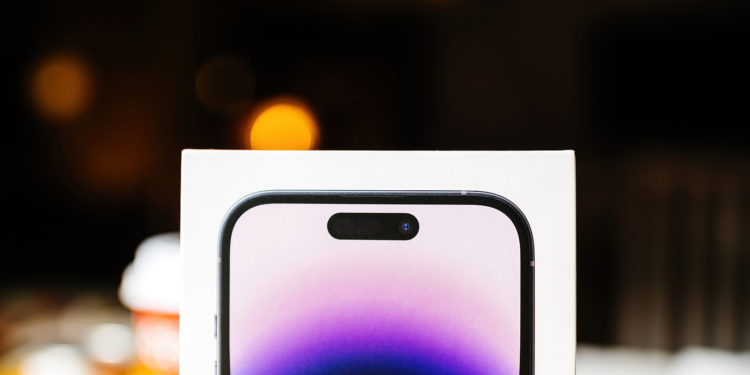One of the differences between the base and Pro models of the iPhone 14 this year is that only the latter received the latest A16 chip. Now, it is claimed that the difference is smaller than Apple might like to assume.
A comparison of the two chip designs concludes that the differences are far less than is usually the case with Apple's annual iPhone chip upgrade. As a reminder, the iPhone 14 is the first iPhone generation in which Apple uses the A-series chip as a differentiator between the standard and Pro models. The iPhone 14 Pro and Pro Max get the new A16 chip while the iPhone 14 and 14 Plus get the A15 chip from last year's models. It is believed that Apple made this decision as part of a strategy to increase the difference between the base and Pro models. Meanwhile, it is also expected that the company will repeat this approach with the iPhone 15 series next year.
Is the A16 chip actually an A15+?
Jason Cross from Macworld has taken a close look at the design of the A16 chip and found that it is largely identical to the A15. We have previously pointed out that Apple likes to refer to the A16 chip as a 4nm chip while TSMC - the manufacturer of the chip - speaks of an improved 5nm process. Cross writes:
According to Apple, the chip is manufactured using a new "4-nanometer" process from TSMC, making it the first processor of its kind in a smartphone. However, it's worth noting that TSMC's "N4" process is not a 4-nanometer process in the true sense of the word. TSMC itself even calls it "an improved version of N5 technology." While it's a more advanced process than previous A-series processors, it's not a true next-generation silicon manufacturing process.
The facts are the same as the A15: two high-performance cores, four efficiency cores, five GPU cores, and 16 Neural Engine cores. The transistor count has increased, but only from 15 billion to 16 billion—a much smaller jump than usual. Cross believes that both the CPU and Neural Engine have an identical or nearly identical architecture to the A15, and that the performance increase is likely just Apple running the same chips at a higher clock speed. The biggest difference is the switch from LPDDR4x to LPDDR5 memory. But the otherwise modest differences, he says, are reflected in the benchmarks.
Only an incremental improvement of the predecessor
Considering that the CPU architecture hasn't changed much, just running at up to a 7 percent higher clock speed (and more memory bandwidth is available), we should expect most CPU benchmarks to show performance gains of 10 percent or less. A quick look at the Geekbench 5 numbers shows us that peak single-core CPU performance is actually up by about 8-10 percent compared to the A15. Multi-core performance looks a little better, but it's likely that the chip's caches can be more easily overloaded in these tests and therefore benefit from the higher memory bandwidth.
GPU performance increases of 7% to 19% are also in line with expectations if the architecture remains unchanged and only the clock speed is increased. The higher increases correspond to the 50% increase in memory bandwidth offered by LPDDR5 memory. The fact that the A16 chip is only an incremental improvement on the A15 chip explains why the base model of the iPhone 14 will get "features like Action Mode, Photonic Engine, and 4K Cinematic Mode." (Photo by hadrian / Bigstockphoto)
- iPhone 14 Pro: Disable Always-On Display
- iPhone 14: How to activate the new power on and off tones
- iPhone 14: How accident detection works
- iPhone 14: How the new action mode works
- iPhone 14 Pro: How to use the 48MP camera





